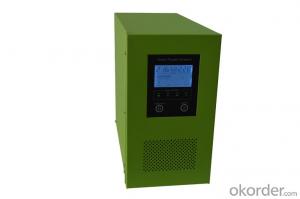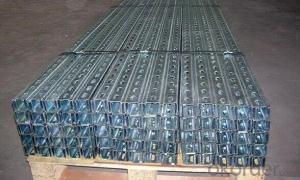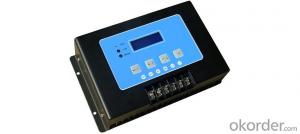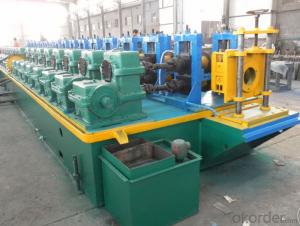Cover For Solar Inverter
Cover For Solar Inverter Related Searches
Solar Inverter Cover Outdoor Solar Inverter Cover Shade Cover For Solar Inverter Canopy For Solar Inverter Bunnings Solar Inverter Cover Awning For Solar Inverter Solar Inverter Cover Stratco Solar Charger For Inverter Solar Battery For Inverter Inverter For Solar Shade For Solar Inverter Capacitor For Solar Inverter Solar Inverter Accessories Solar Inverter Replacement Inverter For Solar Battery Solar Charger With Inverter Solar Battery With Inverter Inverter For Solar Power Plant Outdoor Solar Inverter Solar Kit With Inverter Solar Inverter Mounting Board Inverter With Solar Charger Solar Inverter Insurance Buy Solar Inverter Inverter Replacement Solar Inverter On Solar Panel Install Solar Inverter Power Inverter For Solar Panel Inverter With Solar Panel Solar Inverter Spare PartsCover For Solar Inverter Supplier & Manufacturer from China
Cover for Solar Inverter is a specialized protective cover designed to safeguard solar inverters from environmental factors such as dust, moisture, and direct sunlight. These covers are essential in maintaining the efficiency and longevity of solar inverters, which are critical components in solar energy systems. They are typically made from durable materials that can withstand harsh weather conditions, ensuring that the inverters remain protected and functioning optimally.The application and usage scenarios of Cover for Solar Inverter are vast, as they are widely used in residential, commercial, and industrial solar energy installations. These covers are particularly beneficial in regions with extreme weather conditions, where solar inverters are exposed to heavy rain, snow, or high temperatures. By using these covers, solar system owners can prevent damage to their inverters, reduce maintenance costs, and ensure that their solar energy systems continue to operate efficiently.
Okorder.com is a leading wholesale supplier of Cover for Solar Inverter, boasting a large inventory that caters to the diverse needs of customers worldwide. With a commitment to quality and customer satisfaction, Okorder.com offers a wide range of solar inverter covers that are designed to fit various inverter models and specifications. Their extensive inventory ensures that customers can find the perfect cover for their solar inverters, regardless of the brand or model. By partnering with Okorder.com, customers can enjoy competitive prices, fast shipping, and exceptional customer service, making it a reliable choice for all their solar inverter cover needs.
Hot Products




